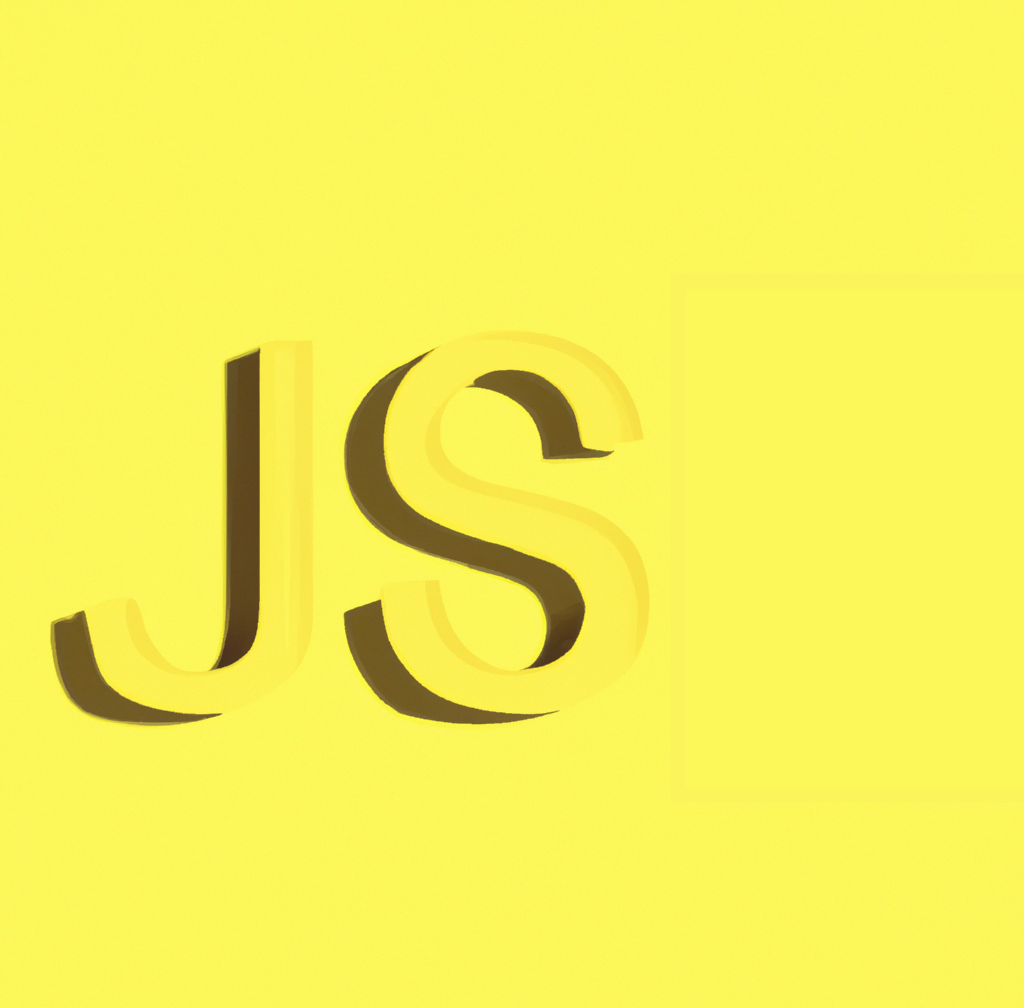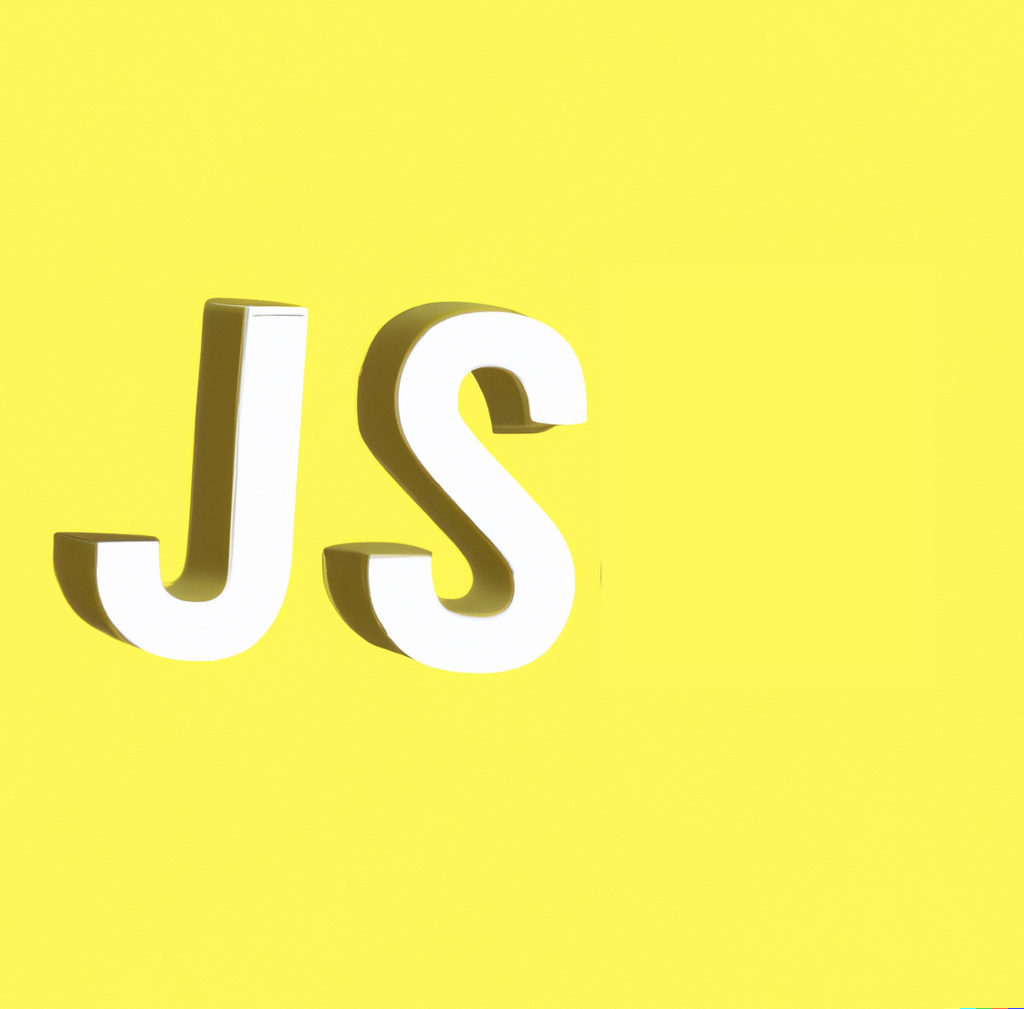Curious About Technology
Welcome to Coding Explorations, your go-to blog for all things software engineering, DevOps, CI/CD, and technology! Whether you're an experienced developer, a curious beginner, or simply someone with a passion for the ever-evolving world of technology, this blog is your gateway to valuable insights, practical tips, and thought-provoking discussions.
Recent Posts

Exploring Python's Multi-Threading: Parallelism Made Easy
In the world of programming, efficiency is paramount. Python, a versatile and widely-used programming language, offers several ways to achieve efficiency, including multi-threading. Multi-threading is a technique that allows developers to execute multiple tasks concurrently, potentially speeding up the execution of programs. In this blog post, we'll delve into the world of Python's multi-threading, exploring its benefits, use cases, and potential pitfalls.

Mastering Asynchronous JavaScript with Promises
In the world of web development, asynchronous programming is a crucial concept. It enables your applications to handle multiple tasks simultaneously without blocking the main thread. One of the most powerful tools for managing asynchronous operations in JavaScript is the Promise. Promises provide a clean and organized way to work with asynchronous code, making your applications more efficient and maintainable.

Understanding Closures and Scope in JavaScript: Dive Deep into a Powerful Concept
JavaScript, the versatile and dynamic scripting language, is a cornerstone of modern web development. While its syntax and capabilities are well-known, some of its concepts can be a bit more elusive. Closures and scope, two fundamental concepts in JavaScript, are often the source of confusion for developers, both new and experienced. In this blog post, we'll demystify closures and delve into their relationship with lexical scope, uncovering their inner workings and exploring practical examples and use cases.

Optimizing Docker Images for Size and Performance: A Comprehensive Guide
Docker has revolutionized the way we develop, package, and deploy applications. However, as Docker images grow in complexity, they can become bloated and slow, affecting both deployment times and runtime performance. In this blog post, we'll delve into a variety of techniques to optimize Docker images, focusing on reducing image size and enhancing runtime performance. By mastering these strategies, you'll be able to create lean and efficient Docker images that ensure faster deployments and smoother operations.

Effortless Concurrency with sync and context in Go
In the world of concurrent programming, Go has earned its stripes as a language that excels in handling concurrency and parallelism gracefully. With its built-in concurrency primitives, such as goroutines and channels, Go simplifies the process of creating concurrent applications.

String Manipulation Made Easy with strings and strconv in Go
String manipulation is a fundamental aspect of programming, and Go provides powerful libraries like strings and strconv that make working with strings and converting data types a breeze. In this blog post, we'll explore how to effectively utilize these libraries to perform various string manipulation tasks in Go.

Mastering Files and Directories with os and path/filepath in Go
When it comes to working with files and directories in a programming language, Go provides a robust and flexible set of tools in the standard library. The os and path/filepath packages are two essential components that allow developers to interact with the file system efficiently and effectively. In this blog post, we'll dive into the world of file and directory manipulation in Go and explore how to master these packages for various tasks.

Mastering Text Formatting and Output with Go's fmt Package
In the world of programming, formatting and presenting output is a fundamental task. Whether you're displaying user information, debugging code, or crafting neatly formatted reports, having a reliable and versatile tool for handling text formatting is essential. In the Go programming language, this task is elegantly handled by the fmt package. In this blog post, we will dive deep into the fmt package, exploring its features, format specifiers, and practical use cases.

Docker Security: Protecting Containers and Hosts
Docker containers offer a lightweight and consistent way to package, distribute, and run applications across different environments. This revolutionary technology has significantly improved the efficiency of software development and deployment. However, as with any technological advancement, Docker's widespread adoption has also brought security concerns to the forefront.

Exploring the Importance and Benefits of the Factory Pattern in Software Engineering
In the realm of software engineering, design patterns play a pivotal role in ensuring code quality, maintainability, and scalability. One such pattern that stands out for its importance and widespread applicability is the Factory Pattern. The Factory Pattern is a creational design pattern that provides an elegant way to create objects without exposing the instantiation logic to the client.

Mastering Logging and Monitoring in Docker: Best Practices and Tools
One of the critical aspects that every DevOps engineer or developer should focus on is logging and monitoring within Docker containers. In this blog post, we will delve into the best practices and tools for achieving efficient logging and monitoring in Docker environments.

Mastering File Management and System Administration with Python Scripting
Python, a powerful and versatile programming language, provides a wide range of libraries and tools that can significantly simplify file management and system administration tasks. In this blog post, we will explore the potential of Python scripting and how it can be leveraged to streamline various administrative tasks, including file manipulation, directory handling, and system monitoring.

Empowering Go Development with Generics: A New Era of Reusability and Flexibility
One long-standing limitation was the absence of generics, which often led to code duplication and challenges in writing flexible, type-agnostic algorithms. In early 2022, Go 1.18 introduced generics, bringing a new era of reusability and flexibility to the language.

Writing Efficient Go Code: Best Practices for Performant and Idiomatic Programs
Writing efficient code is essential for creating high-performing applications. GoLang, with its simplicity and focus on performance, offers developers a unique opportunity to build efficient software.

Docker Security: Safeguarding Containers and Hosts
The popularity of Docker containers has attracted the attention of cyber attackers, making Docker security a critical concern. In this blog post, we will explore potential security risks associated with Docker containers and environments, discuss essential security best practices, such as user management and resource constraints, and delve into the significance of Docker Security Scanning and other tools in identifying vulnerabilities.

Mastering Error Handling in GoLang: A Guide to "error," "panic," and "recover"
Error handling is a critical aspect of software development as it allows developers to gracefully handle unexpected situations and ensure the robustness and reliability of their applications. In GoLang, error handling is straightforward yet powerful, providing developers with multiple tools like the "error" interface, "panic," and "recover" mechanisms.

Python Web Scraping: A Practical Guide to Extracting Data from Websites
Web scraping is a powerful technique used to extract data from websites automatically. In the context of Python, web scraping becomes accessible and convenient thanks to libraries like BeautifulSoup and requests. In this practical guide, we'll explore the fundamentals of web scraping using Python, and you'll learn how to extract valuable information from websites in a few simple steps.

Understanding Go's Goroutine, Mutex, and Channel (GMP) Model
One of the standout features that make Go so popular is its ability to handle concurrent programming efficiently. The Go runtime introduces a powerful concurrency model known as the GMP model, which comprises Goroutines, Mutexes, and Channels. In this blog, we'll delve into the GMP model and understand how it enables developers to write concurrent programs that are reliable, safe, and performant.

Unveiling the Magic of Goroutines: How Concurrency Works in Go
Concurrency is a crucial aspect of modern software development, enabling programs to efficiently execute multiple tasks simultaneously. In the Go programming language, concurrency is achieved through Goroutines. Goroutines are lightweight, independently executing functions or methods that can run concurrently with other Goroutines within the same program.

Accelerating Frontend Development with Vite.js: A Comprehensive Overview
Vite.js is a build tool and development server that is designed to optimize frontend development. Created by Evan You, the mastermind behind Vue.js, Vite.js embraces modern JavaScript features, leveraging the native ES modules in the browser to achieve blazing-fast development and build times.
